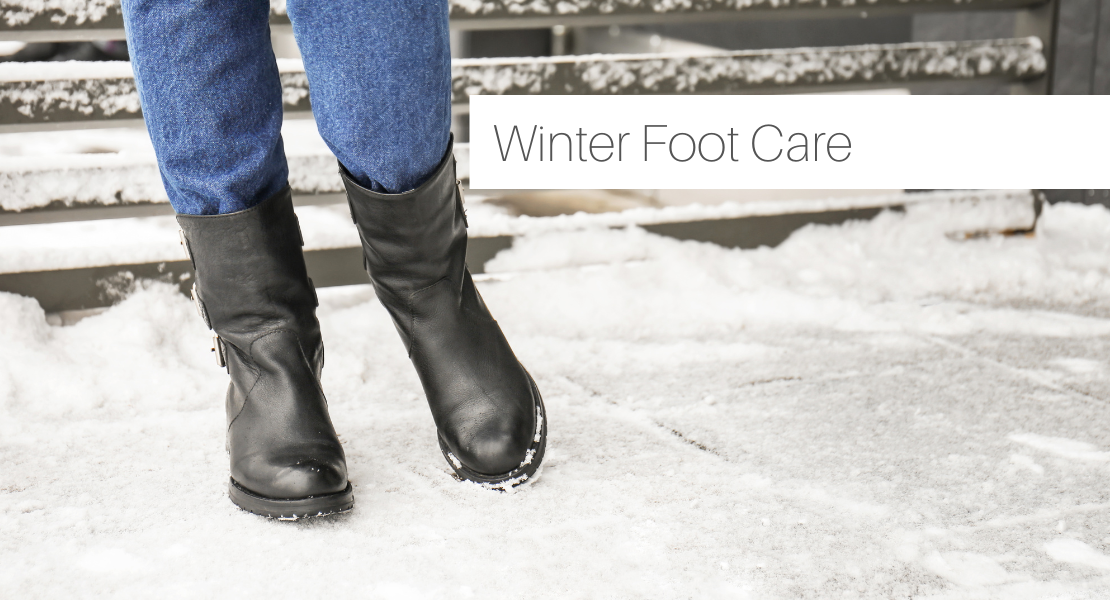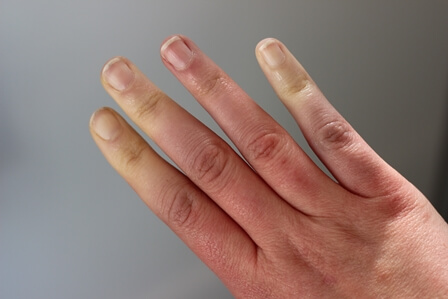
Raynaud’s and chilblains and are both common winter foot problems. Rather than digging out your thickest, fluffiest socks to hide your feet
away- do something to look after them. Feet are often overlooked and deserve some attention.
Raynaud’s
Raynaud's disease, is a vascular disorder characterised sensitivity to cold temperatures, leading to temporary narrowing of blood
vessels, primarily in the fingers and toes. This constriction reduces blood flow to these areas, causing them to turn white, then blue, and
finally red as circulation returns. Individuals with Raynaud's may experience numbness, tingling, or throbbing sensations during these
episodes. Living in a city like London, where winters can be chilly, individuals with Raynaud's need to take extra precautions to keep
their extremities warm. Wearing insulated socks, gloves, and proper footwear can help maintain warmth and prevent episodes. Additionally,
managing stress through relaxation techniques or regular exercise can help minimise symptoms.
Most people think of this as a condition that only affects your hands but if your fingers are turning white and losing sensation then that might also be happening to your toes.
There are things you can try to avoid a Raynaud’s attack
SRUK has more information and advice that you will find useful if you struggle with Raynaud's.
Chilblains
.png) Chilblains,
also known as pernio or perniosis, are a localised inflammatory response to repeated exposure to cold and humidity. They typically affect
the toes, fingers, ears, and nose and manifest as red, itchy, swollen patches on the skin. Unlike frostbite, chilblains occur at
temperatures above freezing and are more common in individuals with poor circulation or connective tissue disorders.
Chilblains,
also known as pernio or perniosis, are a localised inflammatory response to repeated exposure to cold and humidity. They typically affect
the toes, fingers, ears, and nose and manifest as red, itchy, swollen patches on the skin. Unlike frostbite, chilblains occur at
temperatures above freezing and are more common in individuals with poor circulation or connective tissue disorders.
In London, where damp and cold weather are prevalent, chilblains can be a concern, especially for those who spend extended periods outdoors. To prevent chilblains, it's essential to keep the feet dry and warm, wear appropriate footwear, and gradually warm up cold extremities rather than exposing them to sudden heat. Chilblains can last for a few weeks which is frustrating and painful.
Prevention is better than cure
As podiatrists, our aim is to empower individuals with knowledge and strategies to effectively manage these conditions, enabling
them to lead fulfilling lives despite the weather's adversities. Febrauary is Raynaud's awareness month, by promoting proactive care, we
can minimise the impact of these conditions and ensure that Londoners stay on their feet, comfortably navigating the city's bustling
streets year-round.
(1).png)
Toenail reconstruction guide: professional treatment for damaged, fungal, or missing nails. Learn about the procedure, benefits, maintenance, and how to restore confidence in your feet.
.png)
Quicker foot recovery after a marathon, long hike or adventure race